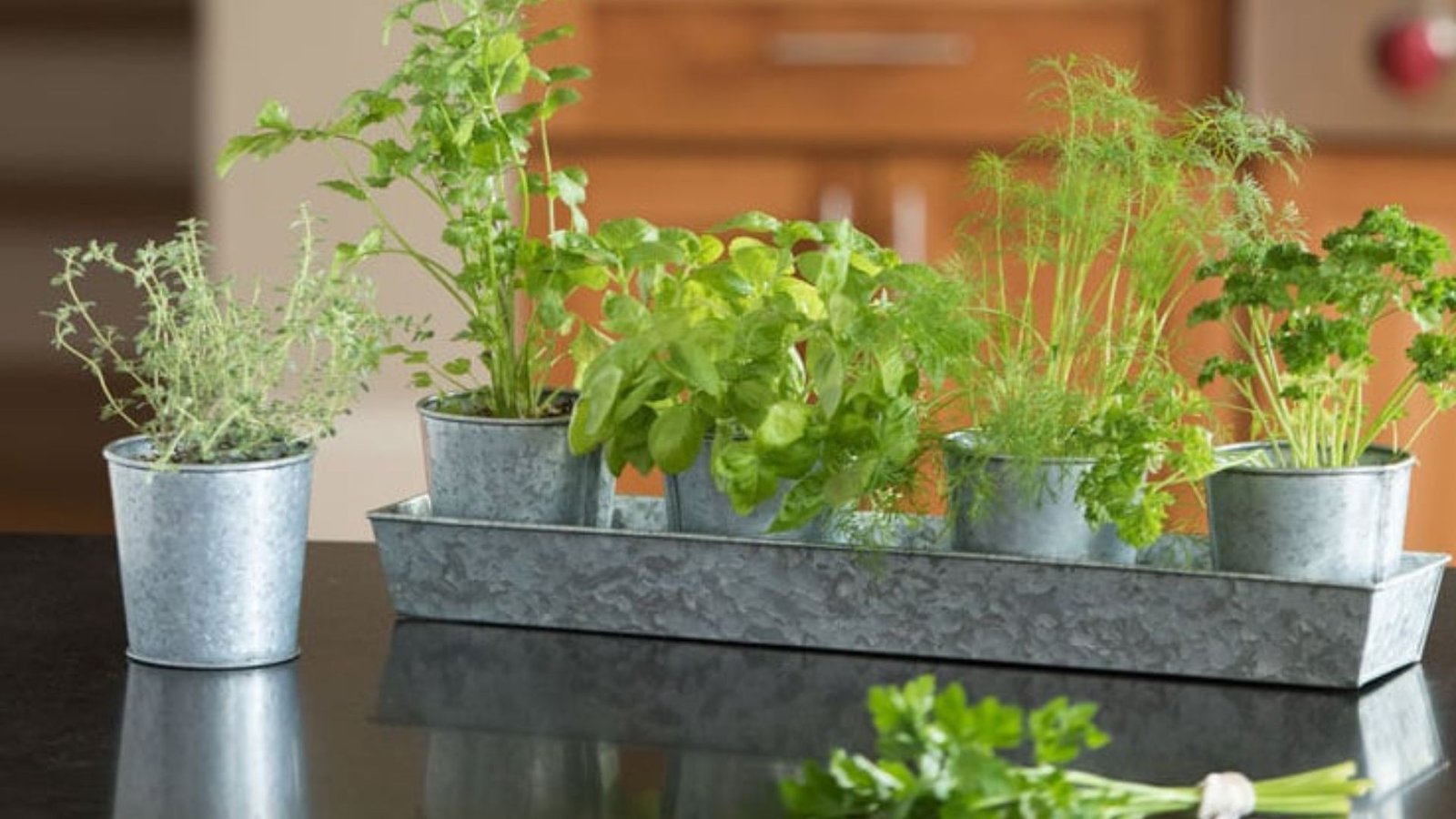Indoor herb gardens are a wonderful way to enjoy fresh herbs year-round. Whether you live in a small apartment or just want to have herbs handy in your kitchen, growing herbs indoors with grow lights can be both fun and rewarding. In this article, we will explore the best practices for indoor herb gardens, ensuring you have healthy and thriving plants.

Setting Up Your Indoor Herb Garden
Indoor herb gardens begin with a good setup. It’s important to choose the right location and equipment to provide the best environment for your herbs to grow.
Choose the Right Location
First, find a suitable spot in your home. Ideally, this should be a place with good airflow and where the temperature remains stable. While natural sunlight is great, grow lights will be necessary to ensure your herbs get enough light.
Selecting the Best Grow Lights
Next, selecting the right grow lights is crucial. LED grow lights are popular because they are energy-efficient and provide the full spectrum of light that plants need. Place the grow lights about 6-12 inches above the herbs to mimic natural sunlight.
Use Quality Containers and Soil
Additionally, choose containers with good drainage to prevent waterlogging. Use high-quality potting soil, as it provides the necessary nutrients and structure for your herbs to thrive.
Choosing Your Herbs
Not all herbs are equally suited for indoor gardens. Therefore, it’s important to choose herbs that grow well indoors and can benefit from grow lights.
Start with Easy-to-Grow Herbs
Basil, mint, parsley, and chives are excellent choices for indoor herb gardens. These herbs are relatively easy to grow and are commonly used in a variety of dishes, making them both practical and rewarding to cultivate.
Consider Your Cooking Needs
Think about the herbs you use most often in your cooking. This will ensure that your indoor herb garden is both useful and enjoyable. For example, if you love Italian food, basil and oregano are great options.
Planting Your Herbs
Proper planting techniques are essential for healthy herb growth.
Follow Planting Instructions
Each herb has specific planting requirements, such as soil depth and spacing. Therefore, always follow the instructions on the seed packet or plant label. This will ensure that your herbs have enough space to grow and thrive.
Water Properly
Overwatering is a common mistake in indoor herb gardens. Water your herbs when the top inch of soil feels dry to the touch. It’s better to water thoroughly less often than to water a little bit every day.
Maintaining Your Herb Garden
Maintaining your indoor herb garden involves regular care and attention.
Adjust Grow Lights as Needed
As your herbs grow, adjust the height of the grow lights to keep them at the right distance from the plants. This will prevent the herbs from becoming leggy and ensure they receive enough light.
Prune Regularly
Pruning your herbs regularly encourages bushy growth and prevents them from becoming too tall and spindly. Additionally, regular harvesting of herbs like basil and mint promotes new growth.
Monitor for Pests
Even indoor gardens can attract pests. Check your herbs regularly for signs of pests like aphids or spider mites. If you notice any, treat your plants with natural remedies or insecticidal soap.
Conclusion
In conclusion, indoor herb gardens are a fantastic way to enjoy fresh herbs year-round. By following these best practices, you can ensure your herbs thrive under grow lights. Remember to choose the right location, select suitable herbs, plant them correctly, and maintain them with care. With these tips, your indoor herb garden will not only enhance your cooking but also bring a touch of green to your living space. Happy gardening!











